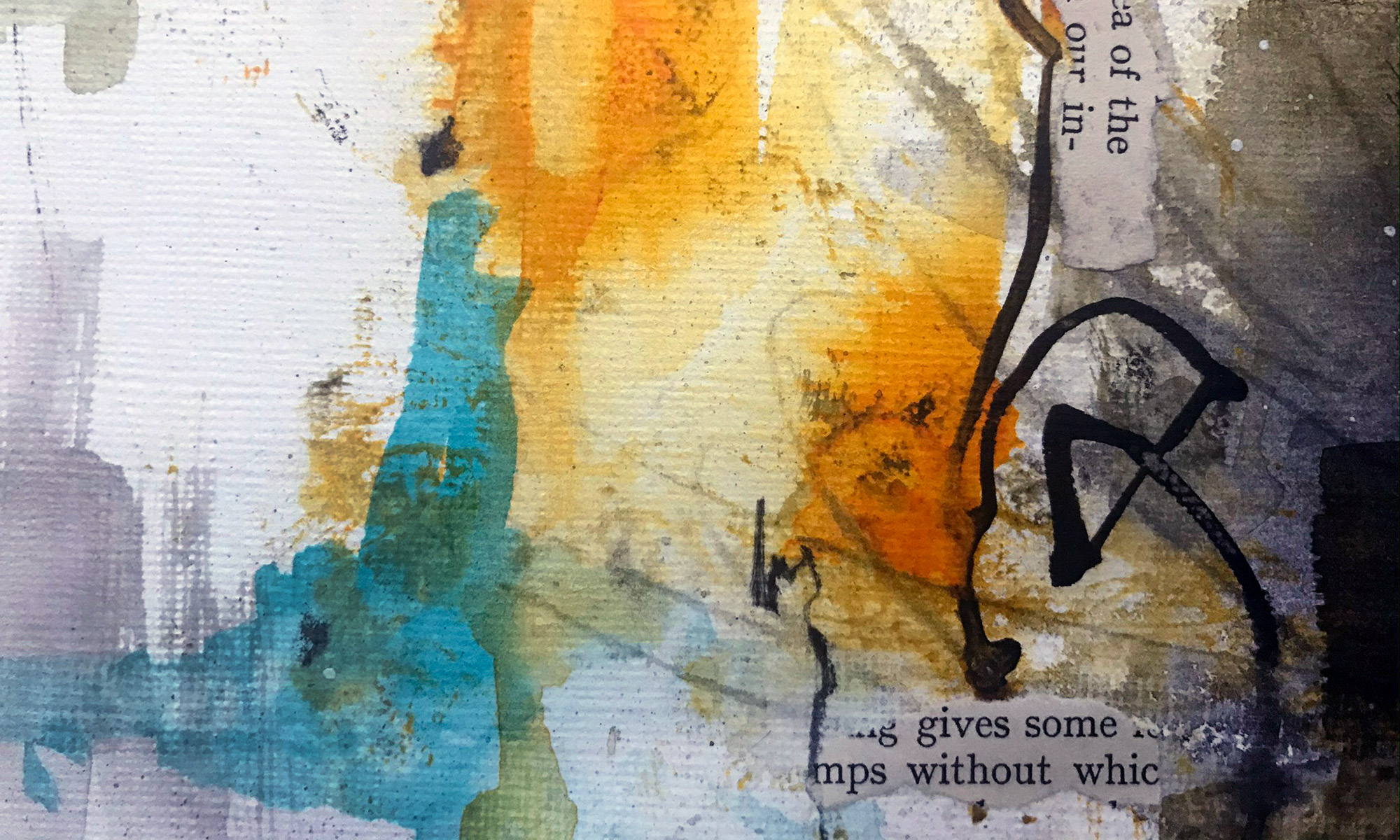 As we live in an older property, it can get a bit chilly in the winter months (in fact anytime from Autumn to Spring really). So the big project for 2014 was to make a large winter woolly blanket for our bed to keep the cold at bay.
As we live in an older property, it can get a bit chilly in the winter months (in fact anytime from Autumn to Spring really). So the big project for 2014 was to make a large winter woolly blanket for our bed to keep the cold at bay.
I’d seen this bobble stitch, which I really liked, and decided to use this to create a pattern. We have a king size bed and I wanted the blanket to hang over the edges, so having measured the bed I decided to make 36 squares measuring approx 35cm x 34cm each (ok, almost square…) in a 6×6 layout.
I wanted to use the same pattern stitch for each square and use several different colours. Making individual squares definitely made the project more manageable as opposed to creating one large piece (especially with a kitten trying to ‘help’!).
This is the yarn I used, which are all aran yarns with 75% acrylic and 25% wool:
- Hayfield Bonus Aran – 0822 Blue Slate (dark grey) 2 x 400g balls
- Hayfield Bonus Aran – 821 Spruce (green) 1 x 400g ball
- Hayfield Bonus Aran Tweed – 781 Flock (pale blue) 1 x 400g ball
- Hayfield Bonus Aran Tweed – 744 Bamburgh Blue (turquoise) 1 x 400g ball
- Wendy Aran – 705 Albatross (light grey) 1 x 400g ball
- Wendy Aran – 463 Grape (purple) 1 x 400g ball
- Woolcraft Aran – 825 Kingfisher tweed (teal) 1 x 400g ball
- Woolcraft Aran – 837 Pesto (lime) 1 x 400g ball
- Woolcraft Aran – 491 Starling (cream) 1 x 400g ball
Each 400g ball made up four squares.
This is the stitch pattern I used for each piece:

The chain row is a multiple of 4 plus 3 (I used 44 ch plus 3 ch).
On the first row the ch 3 and the first tr are in the same stitch, so this will give you an extra stitch (for me this was 48st)
Beginning row – Ch 47 (or any multiple of 4 + 3)
Row 1 – tr in 4th ch from hook, tr to end, ch1, turn (48st)
Row 2 – 2 dc, [1 bobble, 3 dc] repeat until last 3 stitches, 1 bobble, 2 dc.
Row 3 – ch 3 (counts as first tr), tr in next st to end, ch 1, turn.
Row 4 – 4 dc, [1 bobble, 3 dc] repeat to end, 1 dc in last stitch.
Row 5 – ch 3 (counts as first tr), tr in next st to end, ch 1, turn.
Repeat rows 2-5 x 8 times (this will give you 9 rows with four bobbles and 8 rows with three bobbles), fasten off.
Once I had completed 36 squares I joined them together using a dc stitch in a contrasting cream colour.
To finish off I created a simple border. I made this up as I went along but if I recall correctly I did one row of dc and one row of tr in cream, one row of dc in light grey and finally a row of htr in dark grey.
And this is the finished item. It is sooo warm, just need some cold weather now! #readyforwinter
 Scotney Castle is a National Trust property in Kent, which I recently went to visit with my husband. As we became members of the National Trust last year we’ve been trying to visit places whenever we can and this one was a little gem. Scotney Castle is made up of a country house, moated castle and wooded gardens.
Scotney Castle is a National Trust property in Kent, which I recently went to visit with my husband. As we became members of the National Trust last year we’ve been trying to visit places whenever we can and this one was a little gem. Scotney Castle is made up of a country house, moated castle and wooded gardens.













 Over the past couple of weeks I have been experimenting with lino printing. I dabbled with this at college on my art foundation course (which feels like a lifetime ago) and remember it being quite fun to do.
Over the past couple of weeks I have been experimenting with lino printing. I dabbled with this at college on my art foundation course (which feels like a lifetime ago) and remember it being quite fun to do.











 I saw the pattern for a black cat doorstop in the lovely book
I saw the pattern for a black cat doorstop in the lovely book 
 As we live in an older property, it can get a bit chilly in the winter months (in fact anytime from Autumn to Spring really). So the big project for 2014 was to make a large winter woolly blanket for our bed to keep the cold at bay.
As we live in an older property, it can get a bit chilly in the winter months (in fact anytime from Autumn to Spring really). So the big project for 2014 was to make a large winter woolly blanket for our bed to keep the cold at bay.





